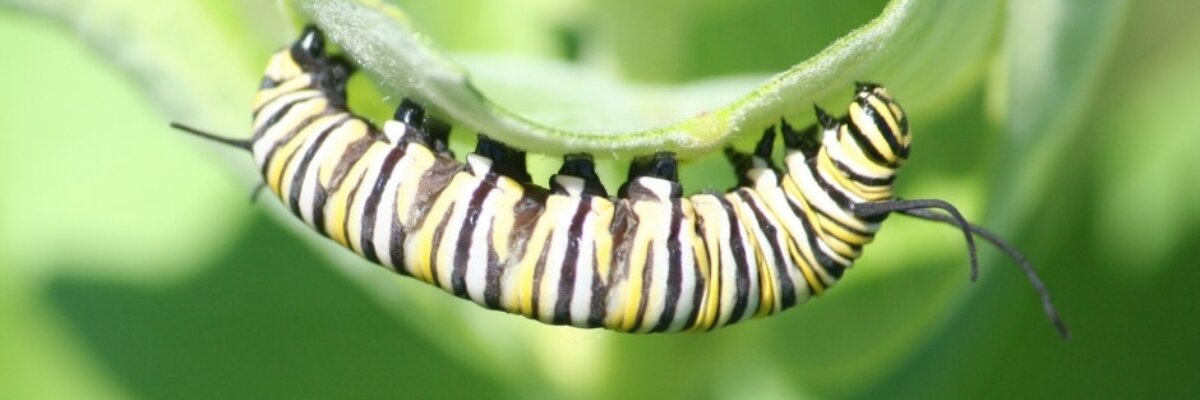
How do hurricanes and other extreme weather events impact monarchs and their habitat in the eastern US?
Monarch butterflies generally avoid direct impacts from Atlantic hurricanes, as most migrate through hurricane zones in October and November, after peak storm activity in September. The US Fish and Wildlife Services’ Species Status Assessment review of monarch research found very little documented direct monarch mortality from storms during migration (USFWS 2020). However, with the potential for longer hurricane seasons, there is a rising concern that early spring hurricanes could impact monarchs during egg-laying in Texas, harming developing caterpillars (Reis et al. 2018).
Indirect hurricane effects, such as increased fall vegetation growth due to heavy rainfall, could influence monarch migration positively or negatively. Enhanced nectar availability, as vegetation regenerates after a storm, could aid their lipid reserves for winter, improving migratory success. Conversely, out-of-season plant growth, including milkweed, might disrupt migration by encouraging monarchs to pause and even break reproductive diapause, which can lead to disease and increased mortality (Reis et al. 2018).
Severe winter storms can also potentially impact monarch and other butterfly populations. One study found that a spring (April) winter storm in southern Texas had a more negative impact on butterfly populations than a low-level (Category 1) hurricane during July (Zerlin et al. 2023).
In Mexico’s overwintering sites, storms have caused severe mortality events (up to 80%) due to wet butterflies freezing at warmer temperatures. Historical winter storms in 1980-2016 led to high mortality rates at these sites, where monarchs are more vulnerable due to deforestation and climate change. While some models predict fewer freezing events due to warming, deforestation and habitat degradation reduce the protective forest cover, making overwintering monarchs more susceptible to freezing. Thus, storms at overwintering sites remain a high catastrophic risk for the eastern monarch population, especially with decreasing population sizes (USFWS 2020).
Future research priorities include understanding hurricane impacts on resource distribution and the adaptability of migrating species to increasing hurricane frequency and intensity. Monarchs may serve as a model for studying these impacts on migratory behavior in the context of global change.
